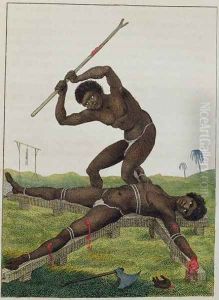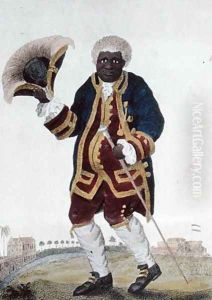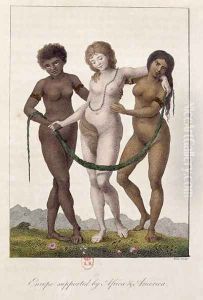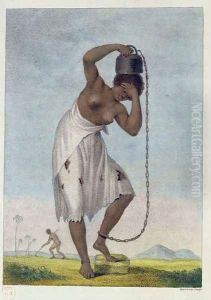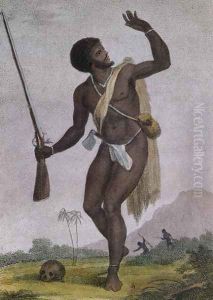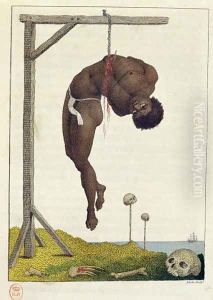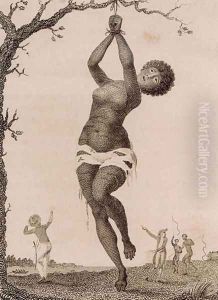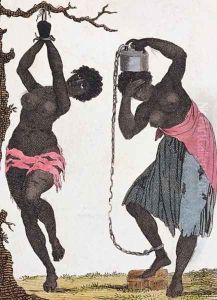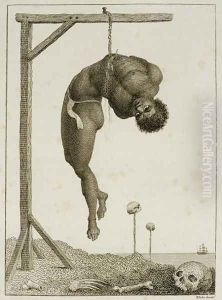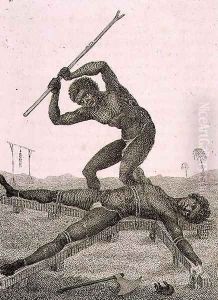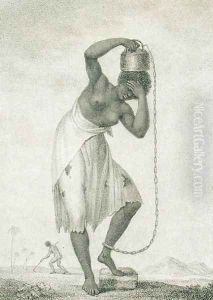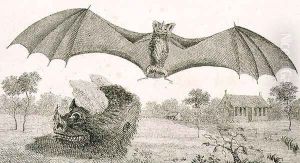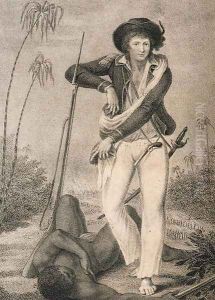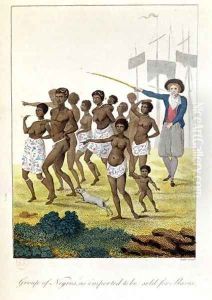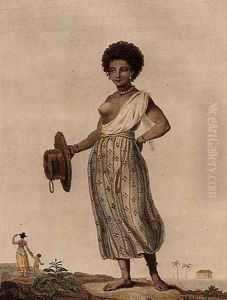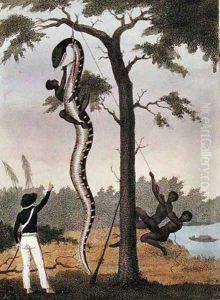





The skinning of the Aboma snake, shot by Captain Stedman, from Narrative of a Five Years Expedition Against the Revolted Negroes of Surinam 1772-77, published 1813
-
About Reproduction
Discover the allure of art with our faithful reproduction of "The skinning of the Aboma snake, shot by Captain Stedman, from Narrative of a Five Years Expedition Against the Revolted Negroes of Surinam 1772-77, published 1813", originally brought to life by the talented John Gabriel Stedman. Unlike posters or prints, our hand-painted oil painting breathes an unique sense of depth and texture into your space. Every detail, every stroke, and every texture is meticulously recreated, paying the perfect homage to John Gabriel Stedman and his artistic vision.
Owning this piece is more than just decoration - it's a statement of your refined taste in art. Let the vibrant colors and intricate details of this replica serve as a daily reminder of the beauty in our world. Elevate your decor and appreciate the richness of art with our replica of this masterpiece.
-
Painting Description
"The Skinning of the Aboma Snake, Shot by Captain Stedman" is an illustration from the book "Narrative of a Five Years Expedition Against the Revolted Negroes of Surinam, in Guiana, on the Wild Coast of South America; from the Year 1772, to 1777: Elucidating the History of that Country and Describing its Productions, Viz. Quadrupeds, Birds, Fishes, Reptiles, Trees, Shrubs, Fruits, & Roots; with an Account of the Indians of Guiana, & Negroes of Guinea" by John Gabriel Stedman. Published in 1813, the book is a detailed account of Stedman's experiences and observations during his time in Suriname as part of a military expedition sent to suppress a slave revolt. The work is notable not only for its vivid descriptions of the flora, fauna, and peoples of Suriname but also for its graphic depictions of the brutal treatment of enslaved Africans by their Dutch masters, which contributed to the abolitionist movement in Britain.
The illustration in question, "The Skinning of the Aboma Snake, Shot by Captain Stedman," is one of many engravings based on Stedman's drawings and sketches that accompany the text. These images were engraved by various artists, including William Blake, who is among the most famous contributors to the volume. The specific image captures a moment from Stedman's adventures in Suriname, showcasing the skinning of an Aboma snake, a large snake species found in the region. This particular illustration is significant not only for its artistic merit but also for its contribution to the ethnographic and natural history elements of Stedman's narrative. It reflects the expedition's encounters with the diverse wildlife of Suriname and provides insight into the natural history practices of the period, including the collection and documentation of specimens.
Stedman's work, including the illustrations, serves as a valuable historical document, offering perspectives on 18th-century colonial life, the natural environment of Suriname, and the complex relationships between Europeans, African slaves, and Indigenous peoples. "The Skinning of the Aboma Snake, Shot by Captain Stedman" stands as a testament to the expedition's scientific and cultural encounters, encapsulating the curiosity, exploration, and exploitation that characterized European colonial endeavors in the Americas.
-
Lead Time & Shipping
When you order this oil painting replica, it typically takes 2-3 weeks to paint. If the artwork is more complex, it might need a little more time to ensure the best quality. Once it's ready, we'll send you a photo for your approval. After you give the green light, we'll ship it to you for free.
-
Return & Refund
We believe in the quality of our hand-painted oil painting reproductions, and your satisfaction is our priority. If for any reason, you are not completely satisfied with your purchase, we offer a 45-day return policy. You can return your artwork within 45 days of receipt and receive a full refund. Please note that the artwork must be returned in the original packaging and in the same condition as it was received.





